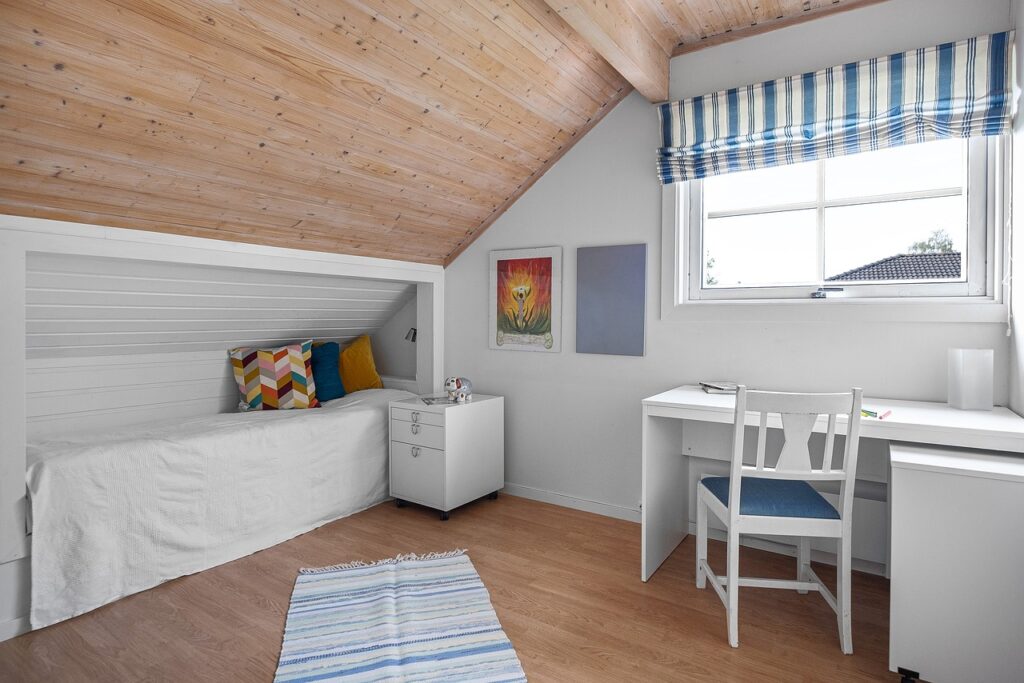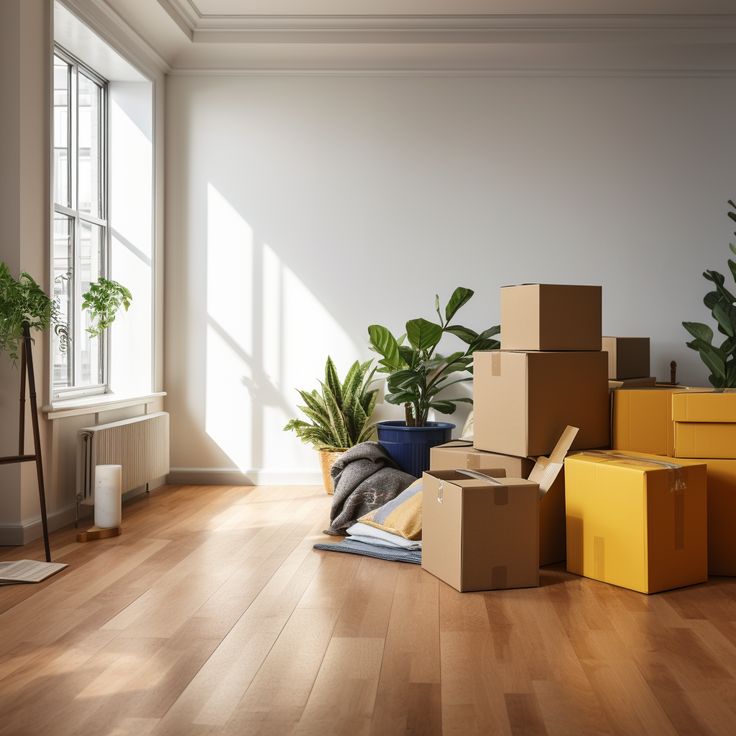
When embarking on a home improvement project, the sheer excitement of a fresh space can overshadow the inevitable chaos that follows. Whether it’s a simple paint job or a complete kitchen remodel, the aftermath of renovations often leaves homeowners feeling overwhelmed by dust, debris, and disorder. Knowing how to tackle the cleanup process can make a significant difference in reclaiming your space and ensuring it looks polished and inviting again.
The Importance of a Systematic Approach
Adopting a systematic approach to post-renovation cleanup is essential. Many people jump straight into the cleaning without a plan, leading to frustration and often incomplete results. By creating a clear strategy that outlines what tasks need to be tackled and in what order, you can streamline the process, making it more efficient and effective. Breaking the cleanup into manageable segments can prevent burnout and help maintain motivation. Start by gathering the necessary tools and supplies. These typically include heavy-duty trash bags, brooms, mops, vacuum cleaners, and any specialized cleaning agents suitable for surfaces that might have been altered during the renovations. Having everything on hand before you begin allows you to focus entirely on the task at hand.
What to Expect After Renovations


Every renovation is unique, and as such, the cleanup required will vary depending on the scale and nature of the project. For instance, a small bathroom refresh may only produce a bit of residual dust, while a full-home remodel could leave virtually every room in need of attention. Understanding these possibilities prepares homeowners for what lies ahead. Dust is perhaps the most widespread issue following renovations. As walls are torn down, surfaces painted, or floors replaced, fine particles settle on every available surface, including furniture and appliances. A thorough clean involves dusting and wiping down all surfaces, not overlooking those areas that may not get as much regular attention, like baseboards and behind appliances.
Prioritize Safety When Cleaning
Safety should always be a priority, especially after significant renovations. Depending on the materials used during the project, there may be lingering chemicals or fine dust that could pose health risks. Donning protective gear such as gloves, masks, and eyewear can reduce exposure to harmful substances while cleaning. Homeowners should be aware of what materials were involved in the renovation process and consult safety guidelines if any hazardous materials were used, ensuring that proper precautions are taken. In cases where there’s a fear of exposure to harmful particles, professional cleaning after interior renovation is a valid option. Specialized cleaning services are equipped to handle environments left over from home improvement projects, ensuring that air quality is restored and any potential hazards are dealt with promptly and efficiently.

Deep Cleaning Techniques
A basic cleaning will address visible messes, but a deep cleaning ensures that the home is truly restored to a livable state. Starting from top to bottom is a good rule of thumb; dust and debris from higher surfaces need to be cleared before moving to lower areas. This method prevents re-cleaning of already tidied spaces. Begin by addressing any ceilings and light fixtures where dust tends to accumulate. Dusting these areas can be accomplished with a microfiber cloth or a vacuum attachment designed for such tasks. The walls should then be wiped down, and any marks or smudges removed to restore them to their former glory. Floors deserve particular attention, too. Depending on the type, whether hardwood, tile, or carpet, the approach will differ significantly. Floors should be vacuumed thoroughly, followed by mopping or shampooing to remove residue left from construction activities. Say goodbye to marks and scratches by considering a proper floor polish if necessary.


After the dust settles, it’s vital to put measures in place to maintain the elegance of your freshly renovated home. Establishing routines to regularly dust, vacuum, and clean surfaces will help achieve this goal. Creating an organized approach to upkeep can combat the return of lingering dust after improvements have been made. Maintaining cleanliness contributes not just to hygiene but to the longevity of all surfaces, ensuring that your home continues to be a reflection of your investment and effort into its renovations. A little regular maintenance goes a long way in ensuring the allure remains for years to come.
- 19shares
- Facebook0
- Pinterest19
- Twitter0



